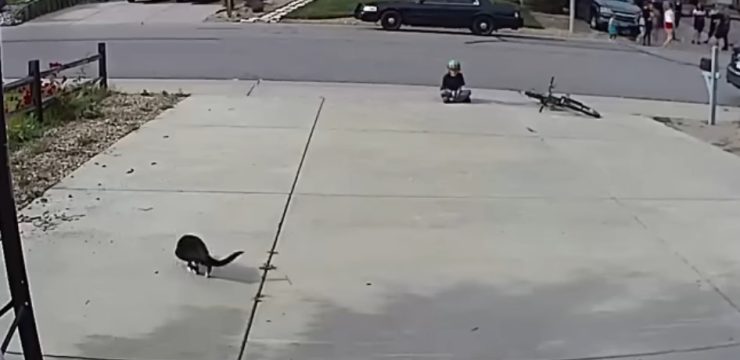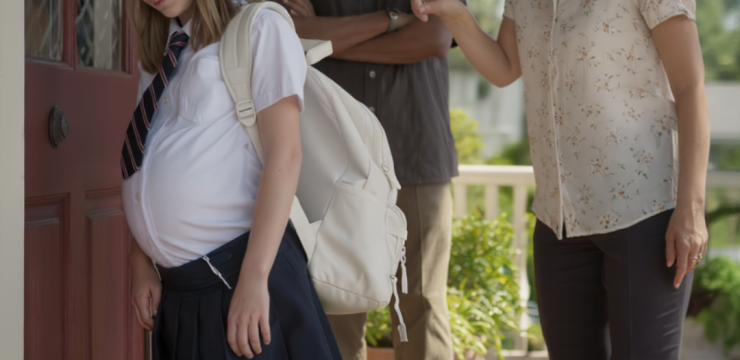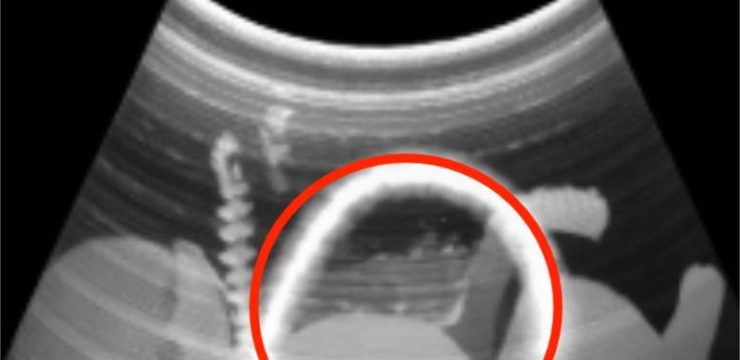Let’s be real—there’s nothing quite like the thrill of solving a good brain teaser. That moment when the lightbulb goes off and you realize you cracked it? Super satisfying. That’s why the internet is once again obsessed with a puzzling image that’s got everyone asking: How many whole watermelons are actually in this picture?
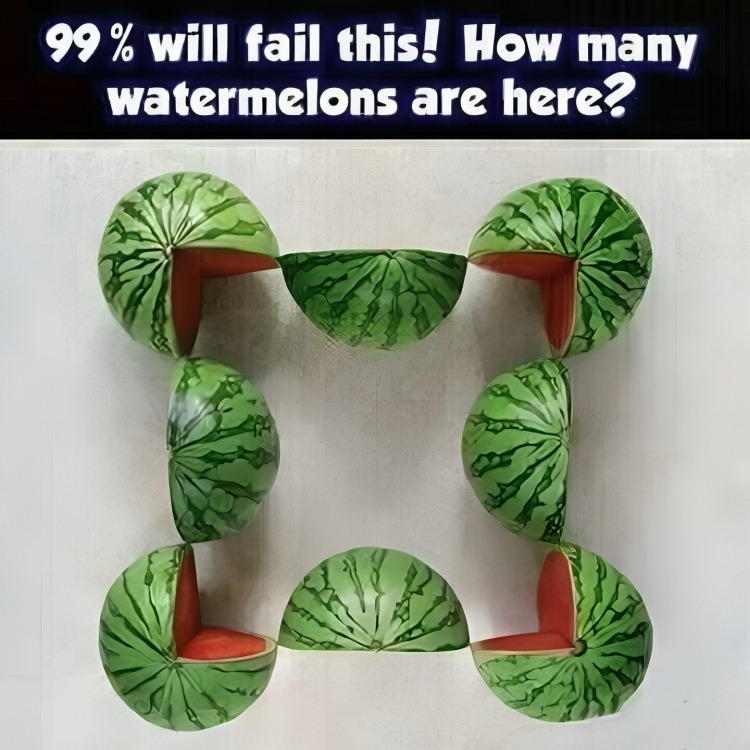
At first glance, it might just look like a simple food photo—some vibrant green watermelons arranged for a nice visual effect. But don’t be fooled! This is more than a fruit display; it’s a clever visual riddle designed to test your math skills, spatial reasoning, and attention to detail. So, if you’re someone who enjoys a challenge (or just loves proving you’re smarter than your friends), this one’s for you.
Let’s break it down.
In the picture, you’ll notice a mix of watermelon pieces. Specifically, there are four watermelons that are cut exactly in half, and four that are missing a quarter—meaning they look like three-quarter pieces. The goal is to figure out how many whole watermelons are represented in total. Simple, right? Not quite. That’s where the fractions start playing tricks on your brain.
To solve it, you need to imagine what would happen if you could reassemble the fruit pieces like a puzzle. So let’s do a little visual math here:
-
Four halved watermelons = 4 × ½ = 2 whole watermelons
-
Four three-quarter watermelons = 4 × ¾ = 3 whole watermelons
Now, just add those together:
2 (from the halves) + 3 (from the ¾ pieces) = 5 whole watermelons
Surprised? Many people initially guess lower or higher because it’s easy to get tripped up by how the fruit is displayed. The pieces can look confusing, especially if you don’t slow down and do the math.
This puzzle is one of those that shows how much our brains rely on visual shortcuts. We tend to eyeball what we see rather than calculate the actual fractions, which is exactly why this challenge is going viral. It’s a fun mix of math and perception—a combo that’s harder than it sounds.
If this riddle had you stumped at first, don’t feel bad. You’re not alone. Social media comments are full of people arguing about the answer or rechecking their math. It’s the kind of puzzle that seems easy until you take a closer look.
What makes puzzles like this so appealing is that they don’t just entertain—they actually exercise your brain. Figuring out how to break something down, analyze the parts, and reassemble them into a full picture taps into important problem-solving skills. It’s the same type of thinking used in logic games, escape rooms, or even high-level mathematics. Plus, it’s a lot more fun than staring at a worksheet.
If you enjoyed this watermelon challenge, there’s more where that came from. Try finding hidden shapes in optical illusions, solving “how many triangles” puzzles, or testing your memory with “what changed in this photo” games. These types of brain teasers aren’t just internet fads—they’re great ways to give your mind a mini workout, whether you’re killing time on a lunch break or looking to boost your mental sharpness.
So the next time someone shares a riddle with you, don’t just scroll past it. Give it a shot. You might be surprised at how fun (and satisfying) it can be to figure it out—and maybe even teach someone else the trick behind it.
And if you’re still looking at that watermelon picture, wondering how it all adds up, remember:
Four halves + four three-quarters = five whole watermelons.
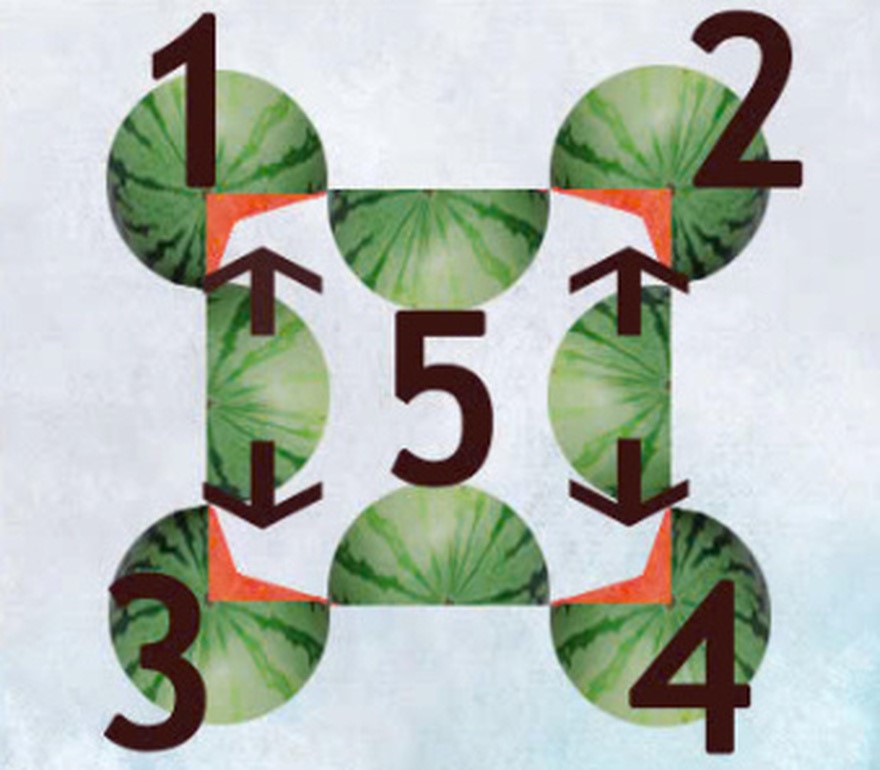
Final Answer: 5 Full Watermelons
Math never tasted so sweet.



